News
“One Piece” on Netflix: The best anime live-action turned out to be the most challenging to adapt
It seemed impossible, but the stars have aligned.
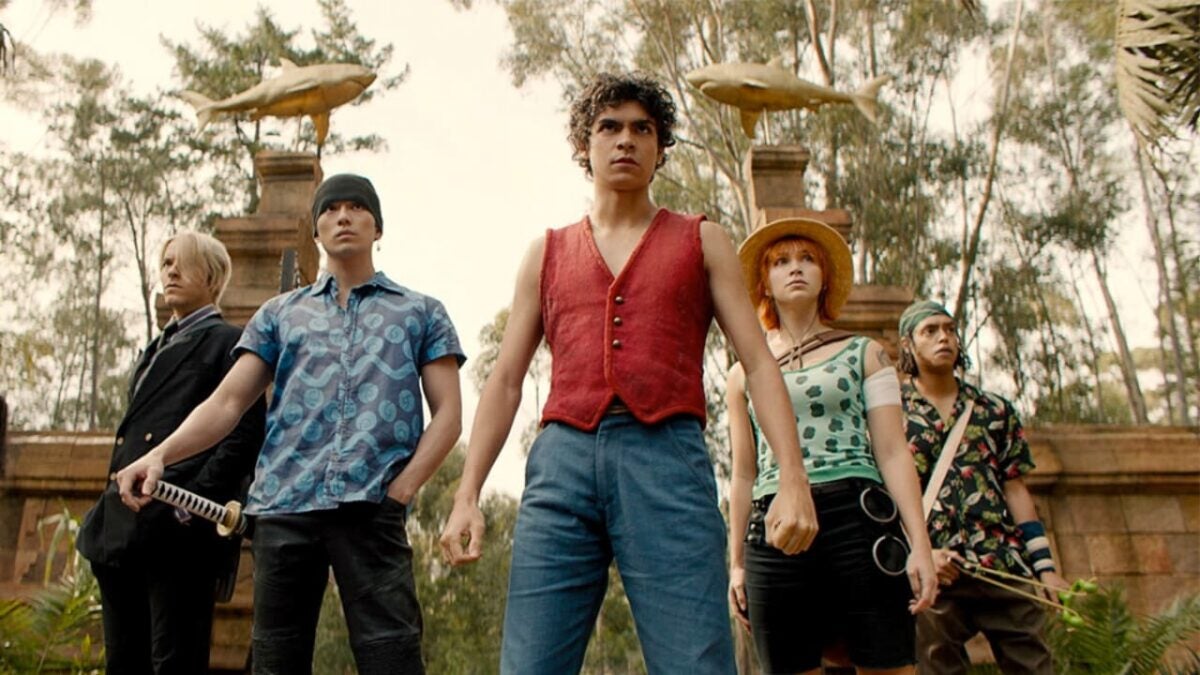
- August 31, 2023
- Updated: August 27, 2024 at 10:51 AM

Chills, fear, and a constant feeling of “this can’t go well.” I’m sure that, just like it happened to me, this is what millions of One Piece fans felt when they found out, a few years ago, that Netflix was preparing a live-action version of Eiichiro Oda’s original manga.
It was not be for lowerly. One Piece is the most popular manga of the last decades, yes, but it is also a ridiculous, absurd and exaggerated manga to the max. The powers of the protagonist himself are already rare, and with each new villain and ally everything becomes more murkier and strange. Seeing it like this, in real action, seemed impossible. And even more so if we take into account how badly the Death Note movie and the Cowboy Bebop adaptation turned out for Netflix, a priori animes that are much easier to convert to real action.
So, the fear was justified. However, as trailers, promotions, and, above all, making-of videos and statements from the team were released throughout this year, the feeling began to change. The main cast appeared to be perfect, and we soon found out that Eiichiro Oda was heavily involved in the adaptation, even insisting on redoing entire scenes. This made it clear that, on this occasion, Netflix was doing things right… but how has all of this turned out in the end?
We can breathe easy: One Piece is a success
I can say it loud and clear: Netflix’s One Piece is a complete success. The first season has just premiered, and it has turned out to be true that, against all odds, the streaming platform was right. Netflix has executed a faithful adaptation of the anime without needing to copy it scene by scene, and they have achieved what seemed impossible at first: bringing the essence of One Piece to a new medium without (almost) anything being lost along the way.
From the very first episode, it becomes quite clear that One Piece has not suffered from the two major problems Netflix faced in its adaptations. While with Death Note they erred by creating an entirely new story that disregarded the magic of the original, with Cowboy Bebop they tried the opposite: replicating the anime’s story shot by shot.

Clearly, neither of these strategies worked well, so with One Piece, they had to get it right: they had to strike a balance that respected the original spirit of the manga while also establishing their own identity without veering into the ridicule that loomed large. And they have certainly succeeded.
On one hand, this achievement has been carried out in a quite logical way: adapting the story into a series format. It might seem like the same thing as the anime, but it’s far from it. In the Netflix series, One Piece plays more with cliffhangers, it doesn’t leave any character behind—everyone undergoes development, as we clearly see with the stories of characters like Coby, Garp, and Helmeppo—and there’s no element left to chance.

Of course, this has led to some things being left out. The original manga includes many more stories and characters, but it doesn’t require more. The Netflix version of One Piece flawlessly condenses the East Blue arc into eight episodes, making it clear that a much larger adventure is yet to come… although it’s not as daunting as the over 1000 episodes that the anime has.
If Netflix truly continues to invest in the live-action adaptation and the audience responds positively, there’s hope. We might see many adjustments and cuts, but overall, we could witness a faithful adaptation of One Piece. And not only that, as we’ve seen with characters like Buggy or Kuro, they’re capable of even enhancing the setting of the story to take us to new places without altering the core essence.
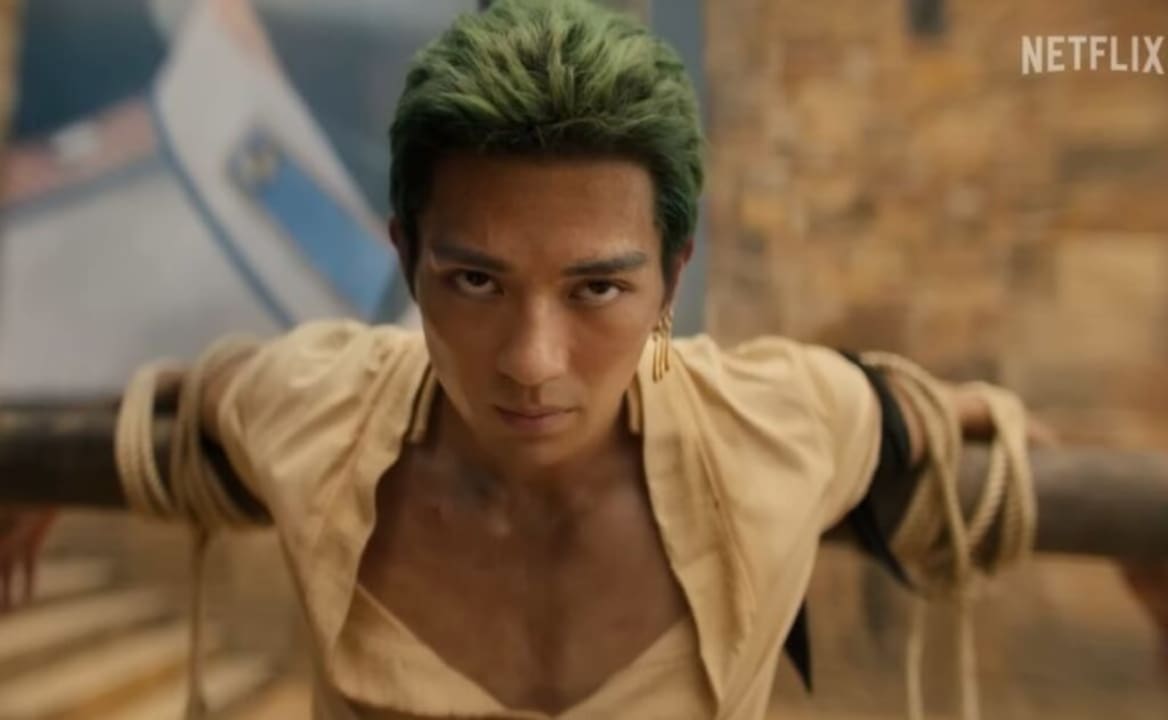
An unbeatable cast
But this is just one of its positive aspects. The best of all is something we had been predicting for months, and it has proven to be completely true: the main cast is wonderful. Iñaki Godoy seems to have been born to be Luffy, but Taz Skylar appears to have been made to be Sanji, Mackenyu to be Zoro, and Jacob Gibson to be Usopp. Oh, and the best surprise of the entire cast: Emily Rudd is such an incredible Nami that she even surpasses the original in emotion.
This leads us to certain liberties not being a problem but rather a positive aspect. The kiss between Usopp and Kaya, which Oda didn’t dare to realize in the anime, finally takes place in reality. And blood not only isn’t censored, but it’s also another element of the villains’ threat. Because yes, the series doesn’t hold back when it comes to having elements of gore and terror, just ask Kuro and Buggy.
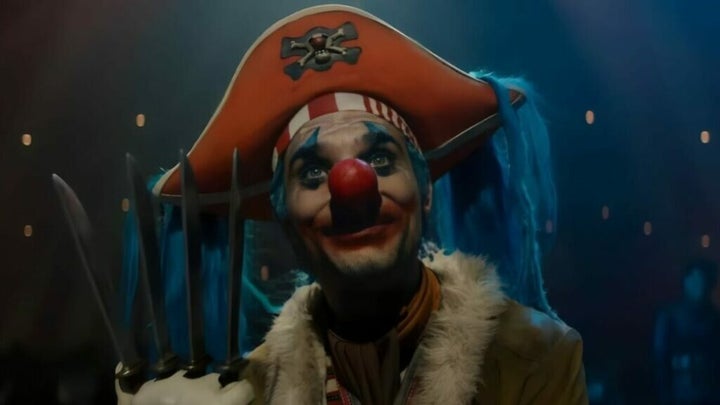
The threats feel real, and that, of course, is also due to the cast. The villains are a delight, and the actors who portray them live up to the fear they must inspire. Occasionally, and this is one of the negative aspects, they somewhat suffer from looking too much like “cosplay.” Between the hair colors and outfits literally taken from the anime, at times, the artistic direction lags behind. However, it’s nothing that couldn’t be addressed in future seasons.
But the actors wouldn’t be able to deliver this realistic portrayal in a surreal world if it weren’t for the quality of their scripts. Yes, Netflix’s One Piece is a very well-written series that knows how to evoke emotion, laughter, and fear in every moment. Sure, it’s evident that in many instances it can be somewhat childish, but that’s also inherent in the spirit of the manga itself.
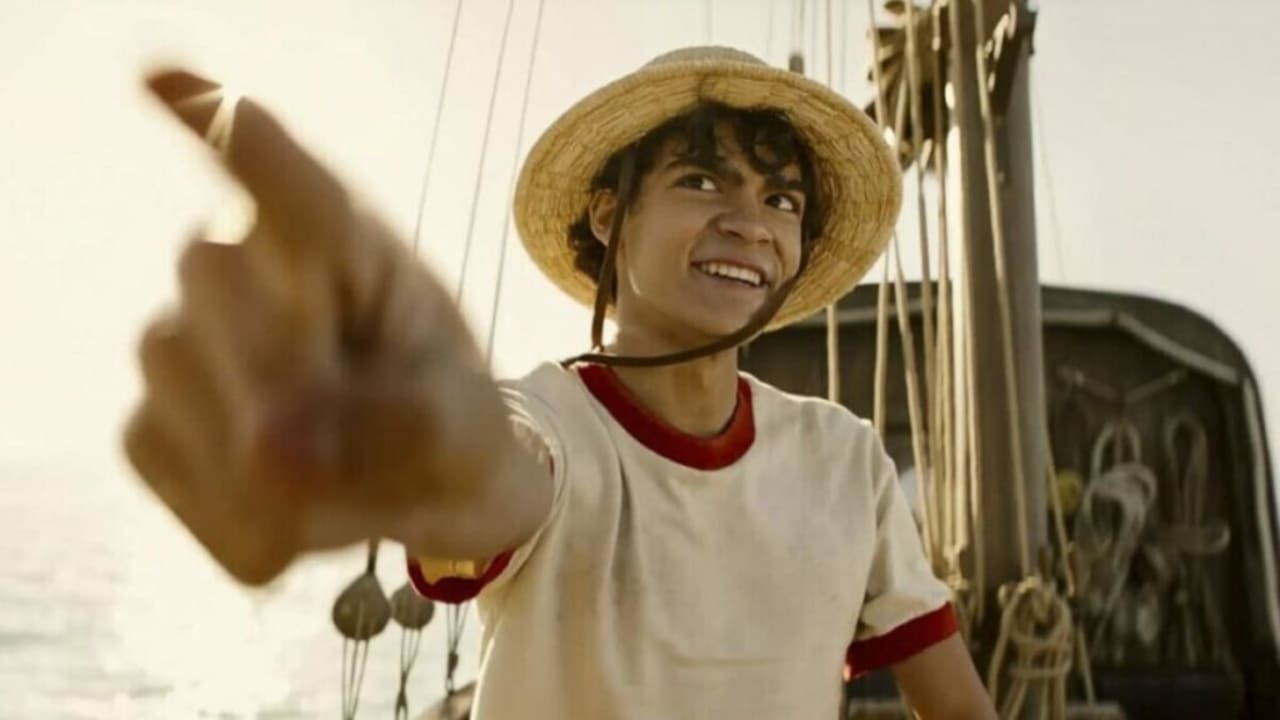
Netflix’s photography falls short once again
The direction of the episodes, however, is something that needs to be highlighted separately. It has both positive and negative aspects. Yet, once again, everything noteworthy is something that can be optimized in future seasons and, if all goes well, will likely become more refined.
The best part of the direction is the action. The combat scenes are realistic, dynamic, fun when they need to be, and fierce when things get tense. It’s incredible to see Zoro and Sanji fight, and even Nami shows off her combat skills, especially in the first episode. As for Luffy, he performs as he should, though it’s clear there’s still some hesitation in fully showcasing the potential of his abilities. The CGI is good and functional, although at times, it seems like the technical team might need a bit more confidence in presenting it in all its splendor.
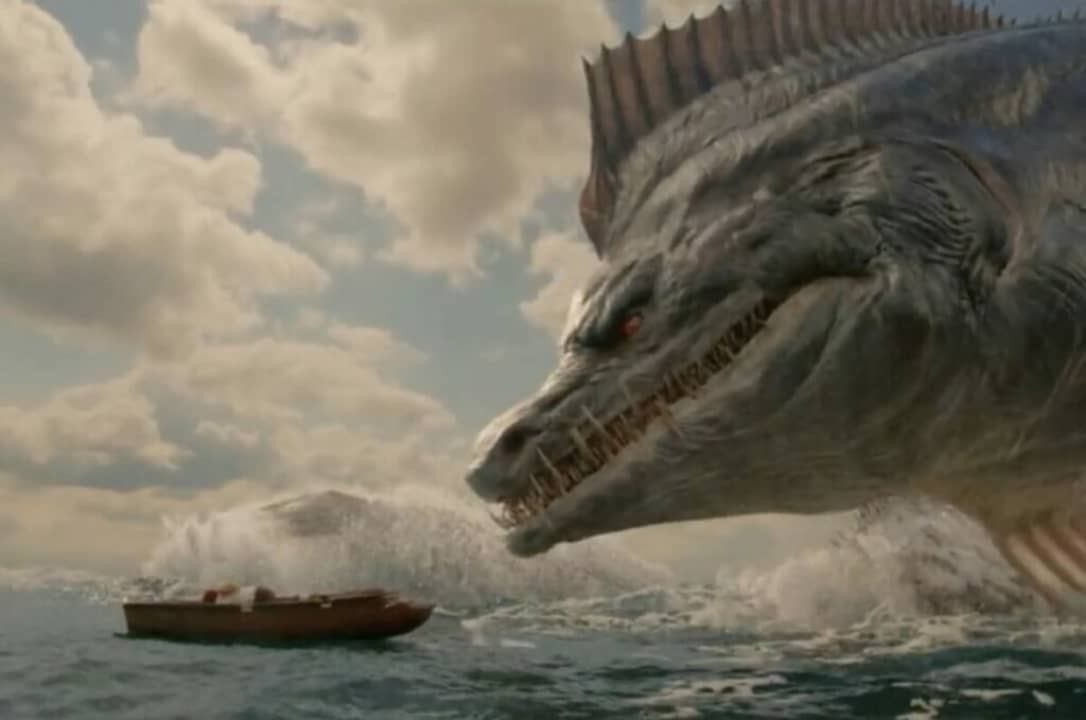
Where the direction doesn’t shine at all is in the aesthetics. On one hand, there’s the production design, functional in its settings but flat in its lighting. It only comes to life in the nighttime scenes, which interestingly, there are quite a lot of. When everything is illuminated, essentially, it looks like just another television product that doesn’t stand out in any way.
Then there’s the use of optics. According to what’s been explained by Netflix, they’ve created a special optic to imitate manga panels. Spoiler: it doesn’t work well. The shots used with this aberrant optic, which separates the background and the character so much while distorting it without being an extreme wide-angle, make the storytelling lose its context. Not only does it not function properly, but it appears amateurish and is undoubtedly unjustified considering the $18 million cost of each episode.
Finally, there’s the significant issue of over-editing in contemporary series. There are too many cuts in each scene, preventing the actors from shining and making it difficult for you to place yourself properly in the setting. The viewer, at times, becomes lost amidst so many shots, and even though it’s intended to avoid boredom, it can occasionally bring you to the brink of sensory overload.
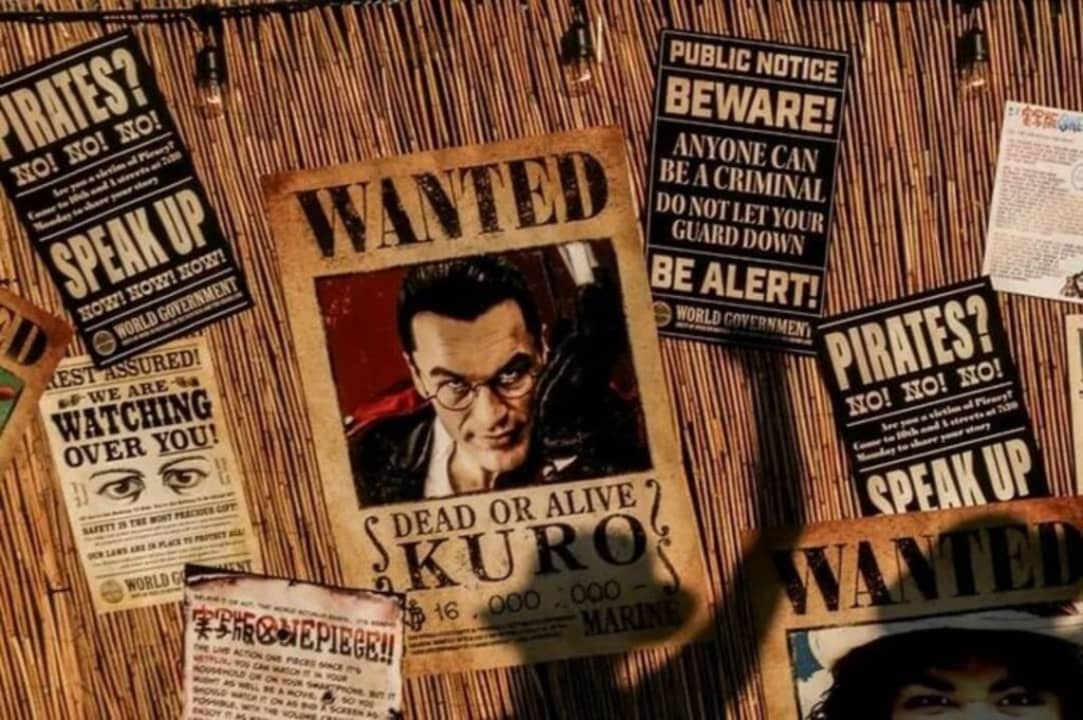
What will happen now?
In short, we can happily celebrate that Netflix has finally delivered on its promise, providing both One Piece fans and those who have yet to discover the anime with a live-action adaptation that lives up to the essence of Eiichiro Oda’s work. They have essentially achieved the impossible.
However, as we all know very well, this is Netflix and this is One Piece. What does it mean that it’s Netflix? It means that we can’t guarantee a second season even if the reviews are positive. Given the substantial cost of this adaptation, it will need a massive audience for its renewal… and I’m afraid this will likely remain the case season after season.
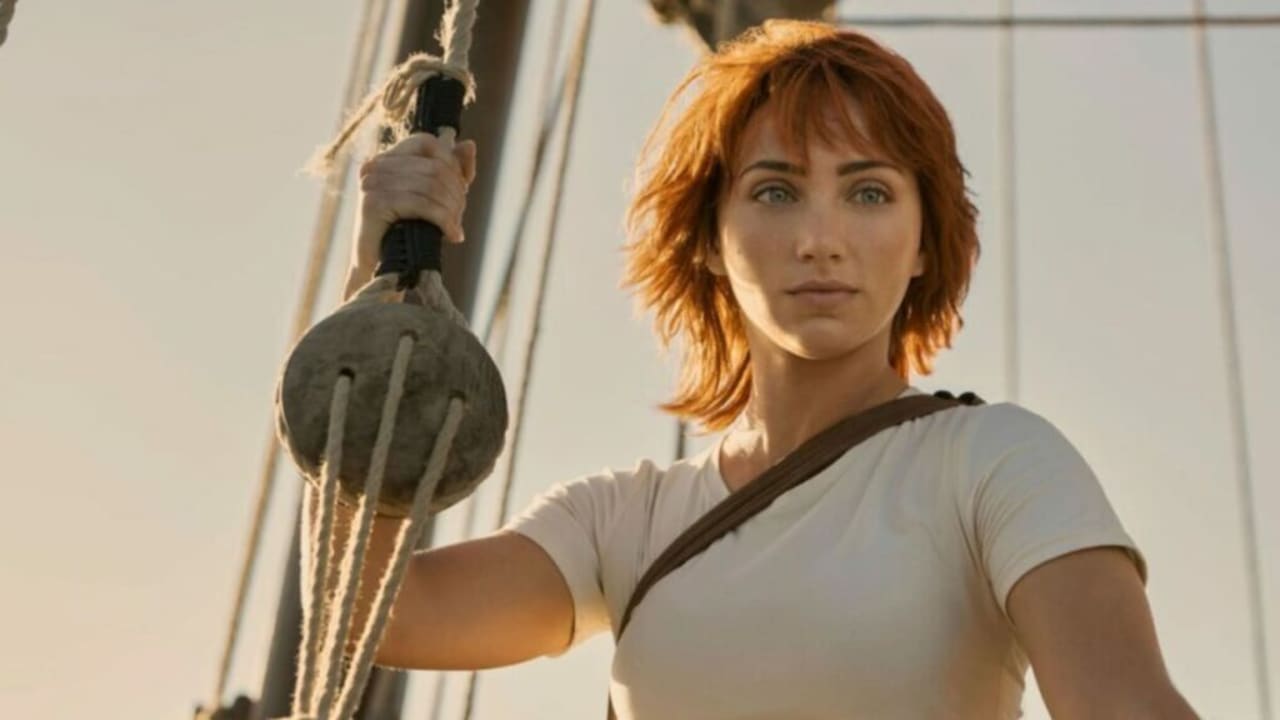
And what does it mean to be One Piece? Well, as much as we have seen an appetizer of what can be achieved with this adaptation, there is still much, much to adapt. And not only is it a lot, but the weirdness comes now: from a chibi reindeer to a skeleton through a kind of cyborg, the new members of the Straw Hats will be very striking. And let’s not even talk about the villains.
Let’s celebrate while we can. But while the battle may have been won, the war has not yet been won.

Some of the links added in the article are part of affiliate campaigns and may represent benefits for Softonic.
Cultural journalist specialized in film, series, comics, video games, and everything your parents tried to keep you away from during your childhood. Also an aspiring film director, screenwriter, and professional troublemaker.
Latest from Juan Carlos Saloz
- The 5 best episodes of Love, Death & Robots to prepare for the fourth season
- The dark Korean series that is taking off on Netflix and has nothing to envy from Squid Game
- The 5 best Thunderbolts comics to prepare for their premiere
- Family Guy has already reached its 23rd season, but is it still a relevant show?
You may also like

How to see the price per hour you pay for your Steam games
Read more

Shopping in ChatGPT: here is how it works
Read more

Tesla Faces Brand Perception Crisis Amid Consumer Skepticism
Read more

Electric Vehicle Sales Plummet Nearly 40% at Ford Despite Overall Sales Surge
Read more

Tesla Discloses $2.4 Million Transactions with SpaceX and Other Musk Ventures
Read more

What is DLSS?
Read more